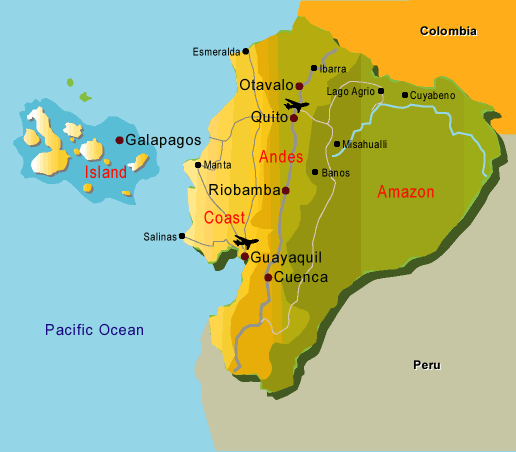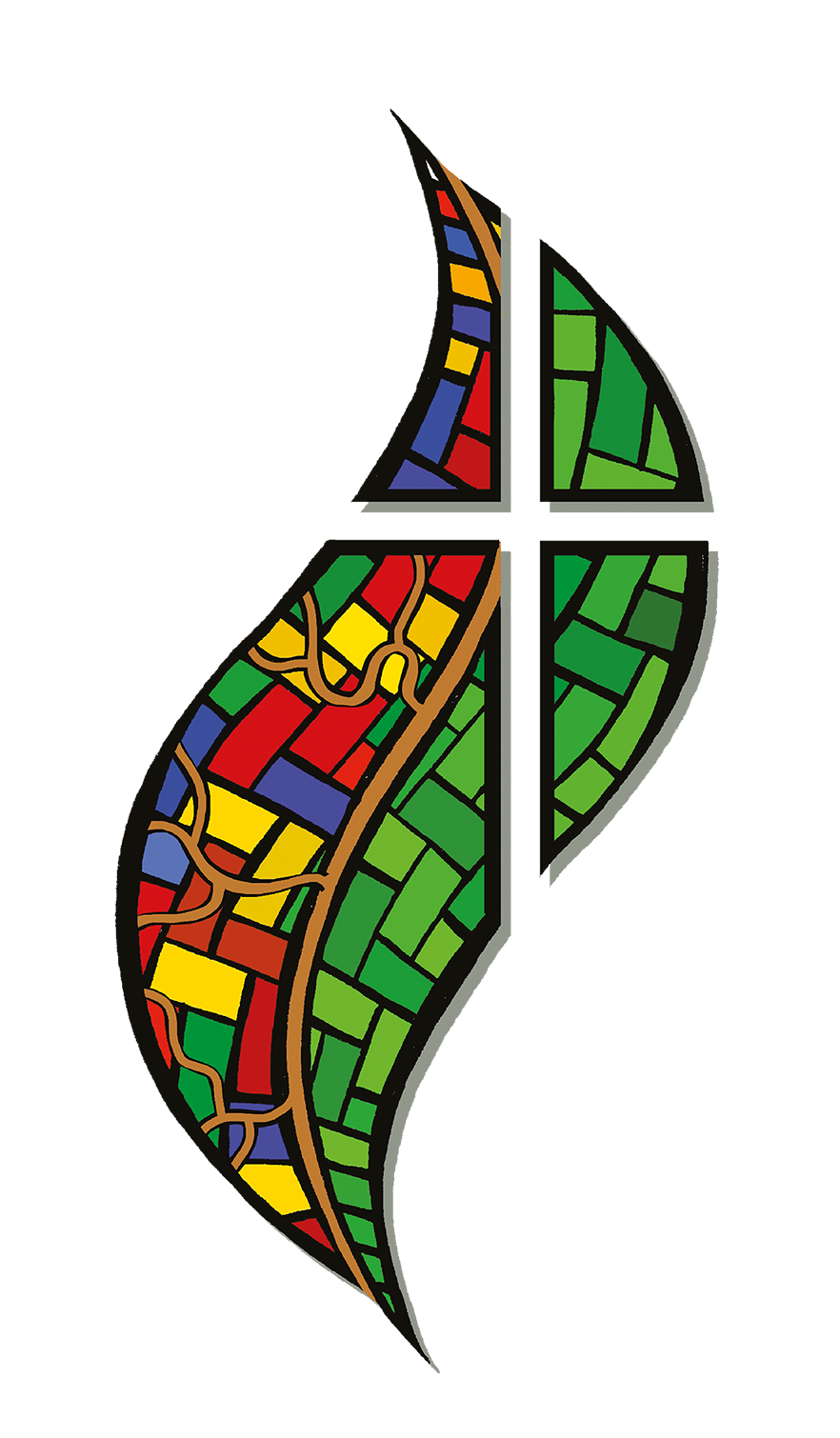The Ecuadorian Amazon

The Ecuadorian Amazon.
The Amazonian area of Ecuador covers 120,000 km² (48% of the national territory) and includes the provinces of Sucumbíos, Orellana, Napo, Pastaza, Morona and Zamora. In that area live, approximately 5% of the Ecuadorian population, about 740 thousand inhabitants. It is important to underline the existence of peoples who voluntarily remain without contacts with society, such as the Tagaeri, Taromenane and Oñamenane, established in the provinces of Orellana and Pastaza. The main economic activity of the Ecuadorian Amazon is the extraction of oil, gold and copper, cause of constant social conflicts and environmental damages.
Since the 1960s, the inhabitants have been fighting against the harmful consequences for the health and dignity of the inhabitants due to extractive activity.
History of the Church in the Ecuadorian Amazon
The Dominicans were the first to enter eastern Ecuador in 1541. The Franciscans began their missionary incursions in 1632. Since 1638, the Jesuits made contact with more than 40 villages and in 1767 they were expelled from the kingdoms of Spain and they left all the Amazonian regions, but they returned in 1869 and began to take charge of the missions in the East.
The Dominican Fathers; the Josephine, Sisters Doroteas, Dominican Sisters and other women communities collaborated in the mission that produced many fruits for the native peoples.
The Salesian priests arrived in Ecuador in 1888 and overcame enormous difficulties in the missions. With the help of the Daughters of Mary Help of Christians, they built roads and bridges, and composed dictionaries and grammars.
The Franciscan friars received the Prefecture of Zamora in 1892 and in 1936 the Franciscan Sisters adhered to the missionary work.
The Discalced Carmelites arrived in Ecuador in 1928, with the help of the Mercedarian Sisters, founded schools, faculties and health facilities. They were followed by Carmelite missionaries and the Dominicans of the Presentation.
The Capuchin fathers returned to Ecuador in 1949, after the expulsion decreed at the time of the anti-Catholic liberal government of Eloy Alfaro. In 1954 it was the turn of the Lauritas missionaries to collaborate in a wide field of apostolic work, until their retirement in 1977 due to lack of personnel. In that same year the Tertiary Capuchins of the Holy Family arrived in Ecuador.
***The content presented here has the sole purpose of offering an informative subsidy. Therefore, the present text has no official character




